Ten Years, Ten Highlights: Reflections on My Decade at Sumo Logic
After ten years at Sumo, it is finally time for me to say goodbye. I enjoyed the journey, and Sumo has been a great place to work. They are in a stable growth phase: well prepared to weather turbulent storms and in pole position to ship great features that will win more market share.
That said, similar to the constitutional presidential term limit, entrepreneurial-minded people should be obliged to reinvent themselves after a decade of working at the same company. Sometimes the only way to step up is an act of creative destruction.
Highlight 1: Finding and joining Sumo
Summer 2011 was busy. Google declared a blitzkrieg invasion on social media. Mark Zuckerberg countered that by hiring about one intern per full-time engineer, stating a lockdown and launching products: Messenger, Timeline, status updates, and subscribing to famous people.
At that time, I was an intern at Facebook, optimizing the HBase database by changing the data format, saving a lot of memory space. Though my tests were impressive, showing an 80%+ reduction, analyzing the actual potential on production servers was next to impossible. A simple query that parses logs and sums one number up required some crazy custom Hadoop Map Reduce style job. Comparatively, writing NVIDIA CUDA memory management for the Linux Kernel was more straightforward.
Facebook’s full-time offer was obscenely generous. Though some early Facebook engineers were leaving, cashing millions with rumors that they sold shares at an implied valuation close to $100 Bln, and Facebook barely made a Bln in revenue a year. Moreover, Google was one of the most tech-savvy companies, while Facebook was buggy. Analysts forecast that Google+ would win social market share.
My bubble misprediction led me to follow the advice of early Facebookers. Follow the smart money and start interviewing at early-stage companies which secured funding from prestigious Venture Capital.
Though Sumo Logic was located in a building scheduled for demolition, it had the perfect pitch. It solved a problem I was facing as an engineer: searching through logs. I liked the vibe of the founding team, and we shared convictions about the cloud and Software-as-a-Service.
I joined around the launch time.
Highlight 2: Relocating and living in San Francisco Bay Area (2012-2015)
Silicon Valley was a place to be at the time to have an A+ career. Technical innovation made it unique. If you wanted to build the future in 1965-2015, you usually had to move within one hour drive from the Venture Capital (VC) offices on Sand Hill Road. However, VCs are just a tiny puzzle piece of the ecosystem. The ecosystem consists of successful cash cow companies, disruptive startups, talent, a desire to take risks, and an open mind to take anyone seriously.
During my stay, I participated in after-work meetups and events several times per week. It is not just about business or technical knowledge but about network and mindset. My years in Silicon Valley were formative for my personality and how I think about the world.
Tech startups are the most impactful way of delivering progress to the world.
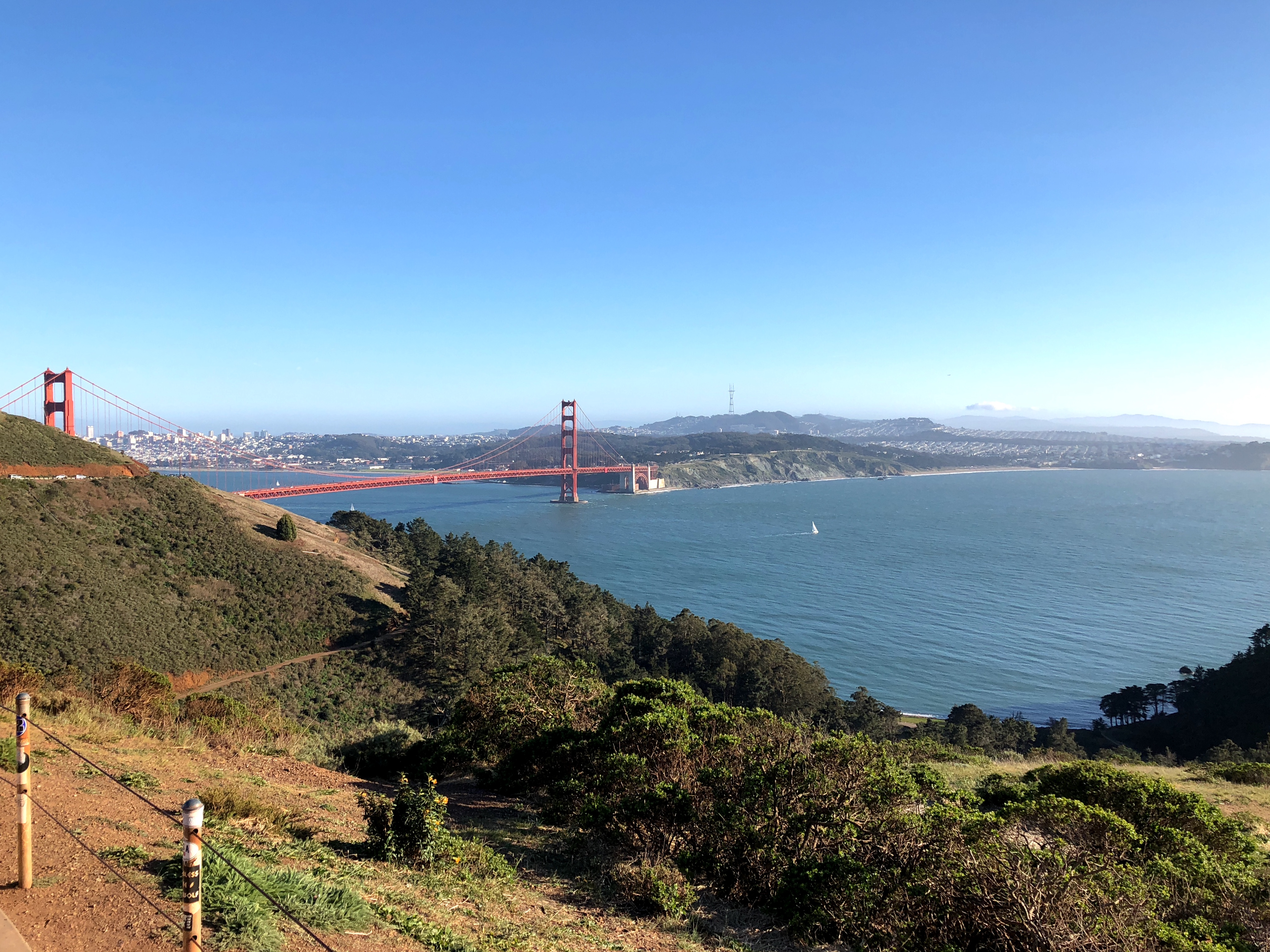
Highlight 3: The early startup dynamic
Early-stage startups are obsessed with execution. Getting from zero revenue to a million in a year takes a lot of work. You need to build many features while simultaneously juggling early visionary customers.
We were also building service in the infancy of Amazon Web Services and Infrastructure. Sumo achieved a massive scale on three dimensions:
- TBs of logs per client per day. Near real-time search.
- Unstructured, very flexible search language.
- Ambulance. Customers need us the most when they get outages—spiky load patterns with huge reliability requirements.
Building a reliable service took many sleepless nights of on-call. Other aspects may also feel brutal, like quickly correcting hiring mistakes.
I have a very fond memory of that period. The productivity was enormous. I built and learnt a lot.
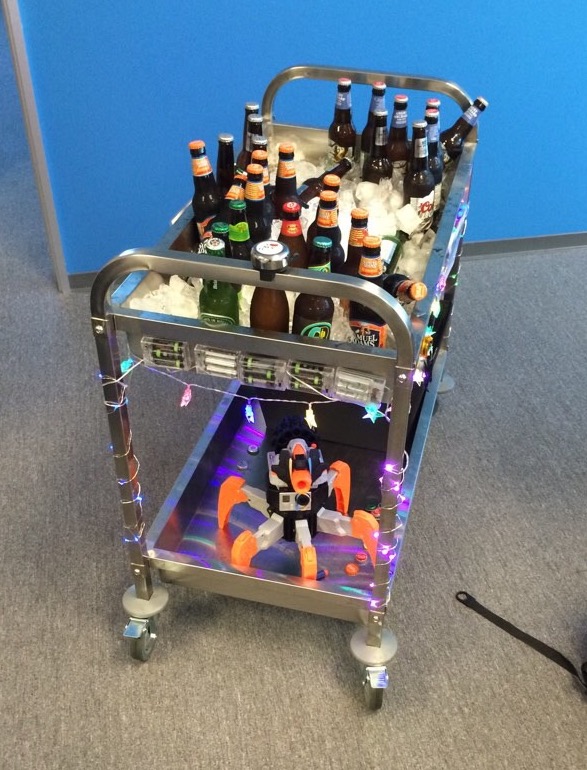
Highlight 4: Relocating back to Poland in 2015
The mindset of silicon valley is to be unafraid of being a pioneer. Instead, identify the best option from the first principle and relentlessly execute it.
As I reflected on the situation in the Bay Area, I realised that staying in San Francisco meant being one of the 100 thousand proficient engineers and competing for scarce resources such as housing. However, I had already experienced the best parts, living in the peak of the golden era of the SF Bay Area.
Remote work and locations outside the bay area started to grow, so I decided it was time for me to move on.
My friends initially misunderstood my decision to relocate back to Poland. Why leave the American dream? For me, it was bringing together the best of both worlds:
- The untapped talent pool of top-notch Polish engineers.
- The entrepreneurial spirit and economic powerhouse of the USA.
No-brainer to make the jump. Go home and go big.
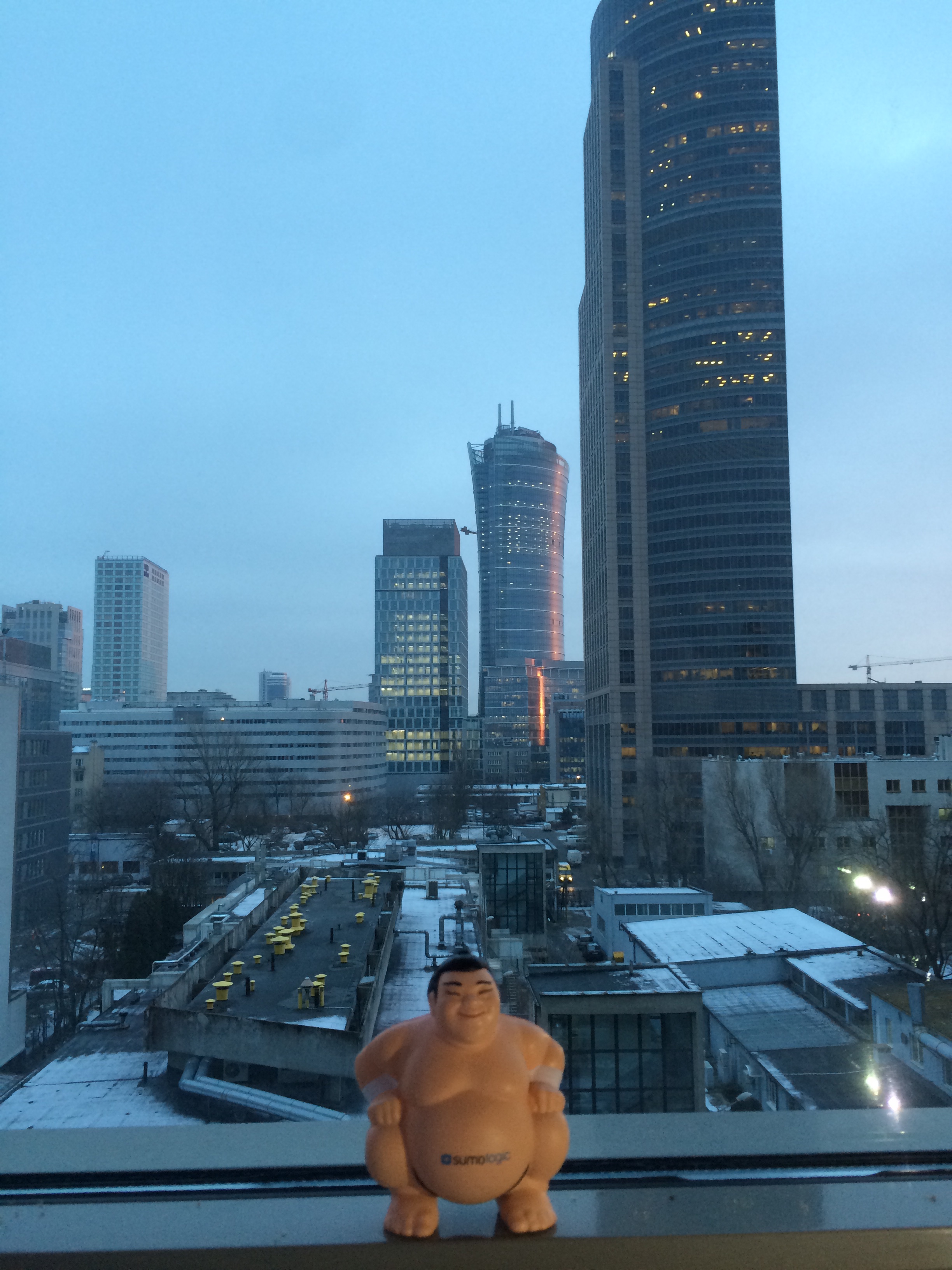
Highlight 5: The Prosperity Team - optimizing AWS costs
Moving nine time zones away meant I could no longer be just an engineer. I needed to solve problems which our CEO would find beneficial. A trip to New Zealand in between allowed me to reflect and strategise.
Sumo Logic USA engineering team had an excellent track record in shipping features and writing new services from scratch. Tweaking existing stuff or cost-cutting was not sexy. Meanwhile, as our scale grew, investors started paying attention to the unit economy. Processing petabytes on AWS costs a small fortune.
Poland is famous for algorithmic talent for whom optimisation is both a craft and a passion. I branded our problem as an exciting puzzle which would bring prosperity. I promised two times improvement in unit cost efficiency within a year with incremental results each month. Two brave engineers, Adam Sznajder and Bartek Etenkowski, joined me. I identified the north star of return per effort. We kept shipping small changes one after the other. Though individually they looked like small low-hanging fruits, together, the result beat the board of directors’ expectations.
Highlight 6: Expanding into product development
Solving infrastructure challenges was fun, but eventually, your success hit the law of diminishing returns. Efficiency, reliability and security are good enough. You need to drive new revenue to be in the company’s top priorities.
Sumo Logic got a home run with its log product, but building a second engine of growth was challenging. Luckily one of the engineers, Lukasz Chodarcewicz, worked on metrics products at Microsoft, and I was able to leverage his talent. So we could regroup, hire frontend engineers and drive the effort.
Together we revamped our service with metrics monitoring optimised for Kubernetes.
Though I love collaborating, the end-to-end team owning the problem is the most productive setup.
Highlight 7: Warsaw Office
As our headcount grew, we hit the limits of the sublease and temporary office space in Warsaw. Our office manager searched extensively, but the perfect location was just across the street in Spark, built by Skanska. It is a neomodern 9-floor office with a Scandinavian design, a rooftop terrace with bees and many amenities.
We rented 1000 m2 and crowdsourced ideas for decoration. Instead of a fancy, expensive designer, we hired challengers for whom this was the most ambitious project.
The result was awe-inspiring. This graffiti shows Sumo coding alongside the unicorn. They sit on a cloud of data overlooking the Warsaw skyline, and Wombat manages the servers. Out of servers, a rainbow of data is translated into metrics.
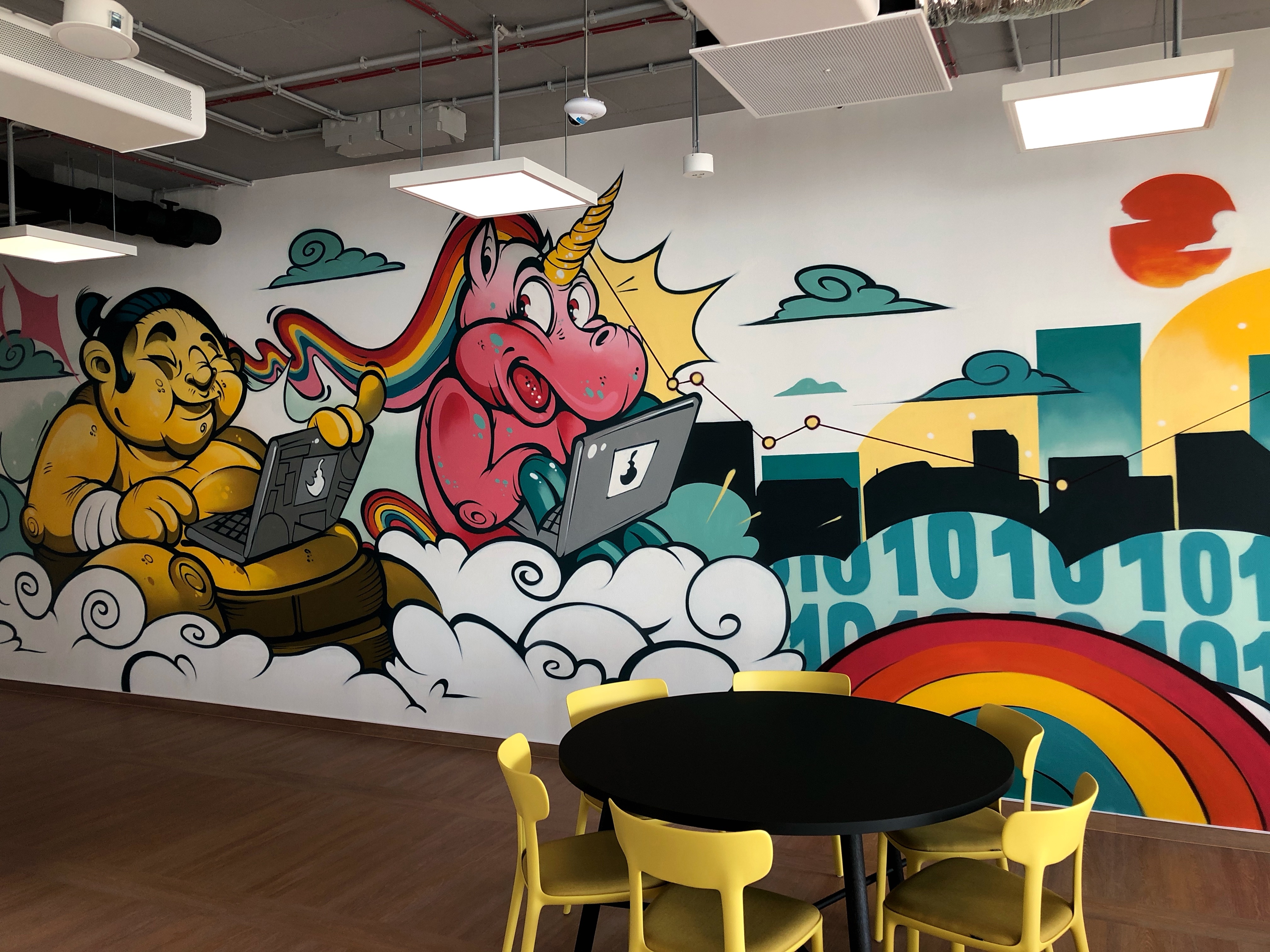
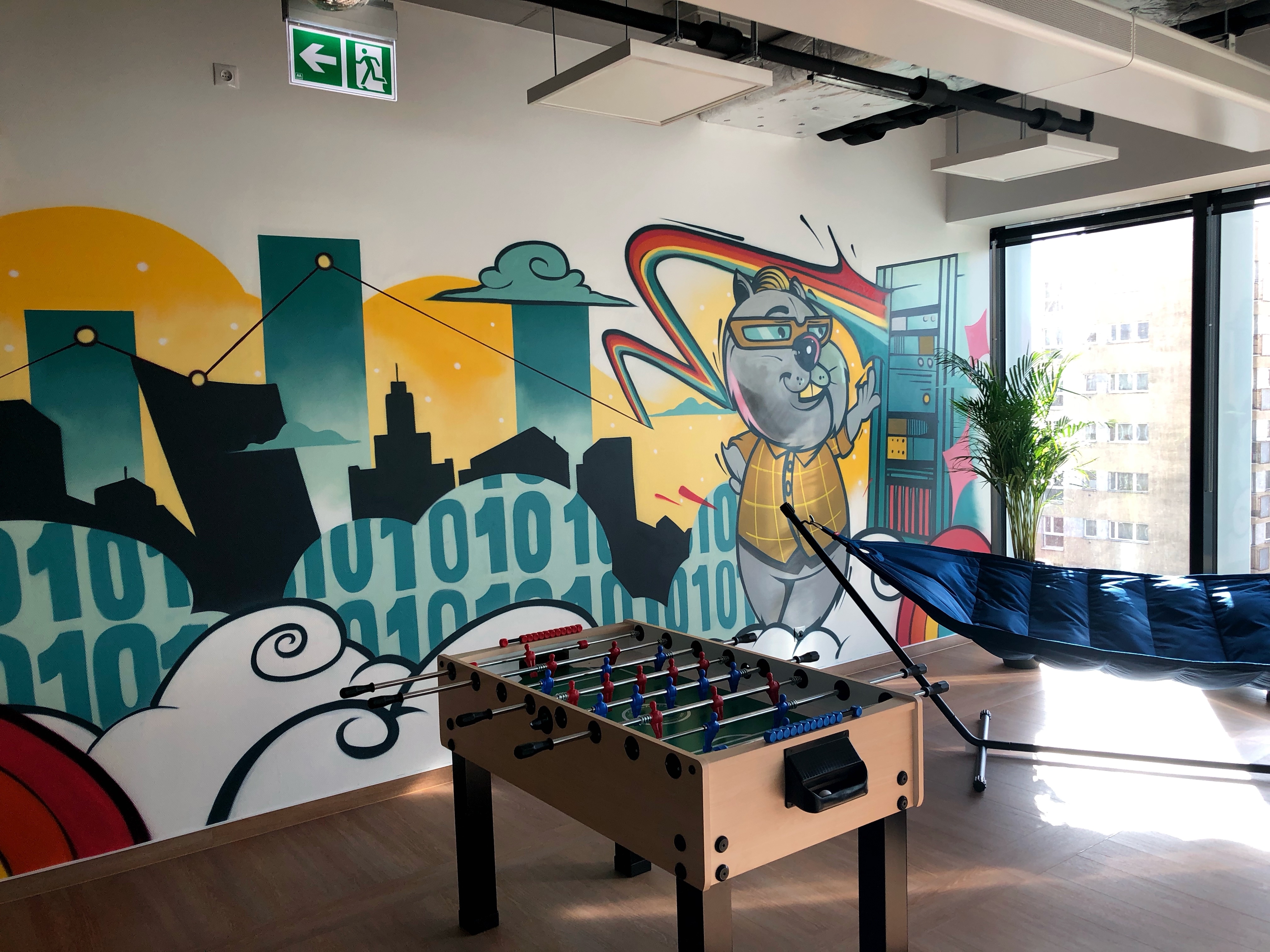
Highlight 8: Building professional management
Though I was proud of what we were shipping, I struggled with building the setup and structure. I always needed to catch up on our needs on all fronts. In addition, the legal entity and facilities were in shambles until the office manager, Martyna Chrulska, took over.
I did all the recruiting without a recruiter and a small budget for 25+ full-time members. I played a lot of rebel tricks, such as interviewing at top companies in San Francisco and later replicating the best hiring process. Eventually, we brought in an excellent recruiter, Anna Onyszko, who professionalized our enthusiasm and brought the scale we needed.
Management proved to be my biggest challenge. The company grew faster than I did. I was making mistakes all the time. I needed to groom potential internal leaders early enough. The first outside manager hire was like jumping from a frying pan into the fire.
I kept relentlessly executing but regularly freaking out and having breakdowns. I was perceived as successful outside, but inside it was long months with many dark days. Finally, I proposed to source and hired my future boss. My manager helped me immensely, and we hired a great professional leader, Piotr Duda, and did the transition.
While digging out of a hole, I also built solid foundations and ended up as peer director.
Highlight 9: Launching Distributed Tracing Product
Stepping down from managing a team of over forty engineers to only six was a relief.
I got the bandwidth to do special projects and keep pitching ideas. The observability industry was consolidating. Customers got better experiences with products that offer log management, metrics monitoring and distributed tracing within a product. Sumo got a gap in Tracing. We were not only leaving money on the table due to a lack of upgrades but even losing customers.
The management was impatient. Eventually, my bid was chosen:
- I hired a top Product Manager, Paweł Brzoska, from the most successful company in that area.
- I sourced and closed the acquisition of an inexpensive startup with expertise.
- We recruited and offered the transfer of engineers, including Michał Kołodziejski.
We went from zero to launch with paid customers in just a year. Initially, opening a second office in Cracow seemed like a significant change, but the Covid pandemic redefined how we worked.
We kept shipping feature after feature. In two years, we generated significant revenue and recognised Sumo Logic as a Challenger in the 2022 Gartner® Magic Quadrant™ for APM and Observability.
Highlight 10: The Initial Public Offering
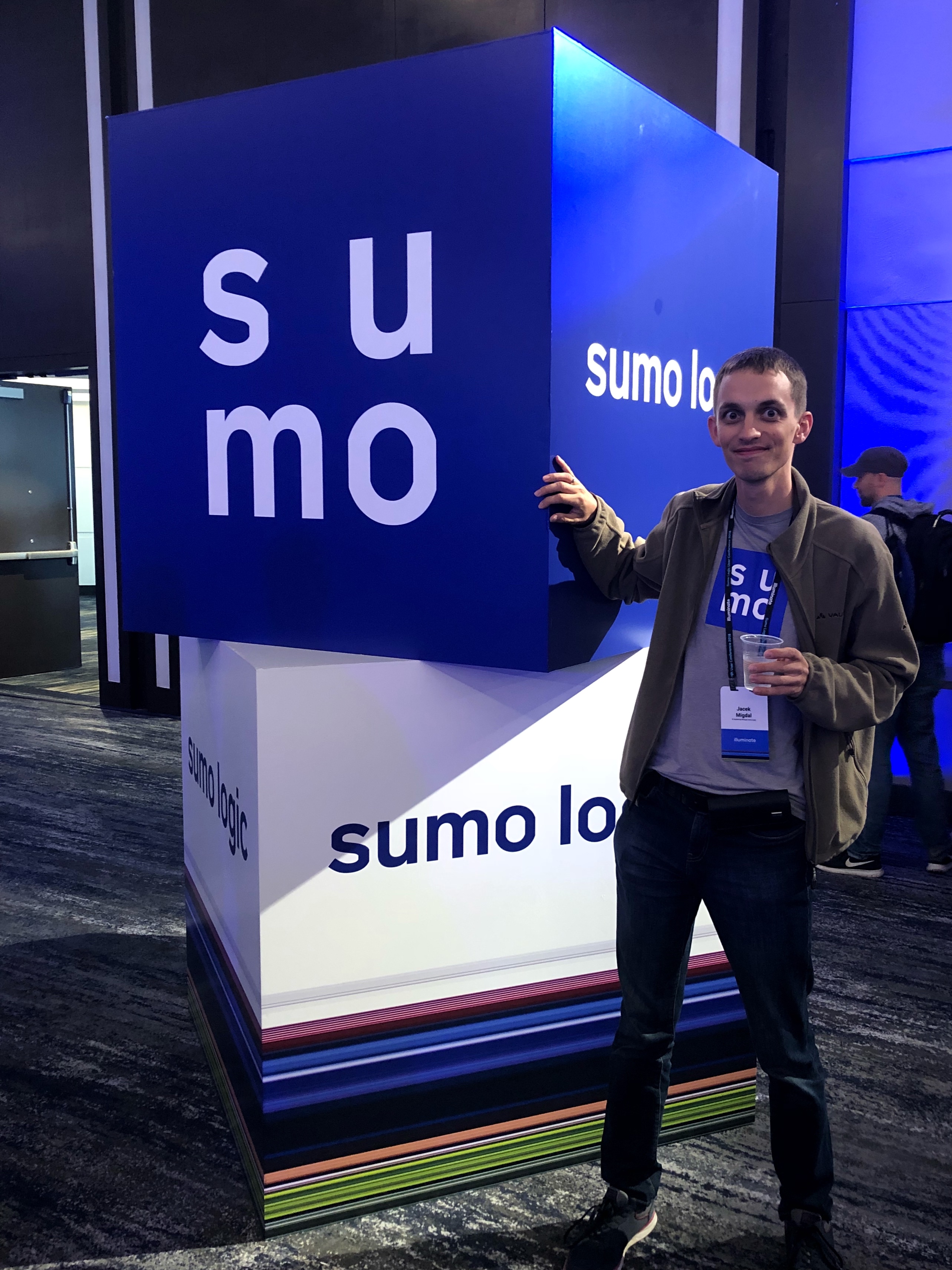
My years at Sumo were equivalent to PhD or MBA in tech entrepreneurship. It gave me diverse experience in all stages of the company. I love hands-on work and deep dives. However, it is customer and product obsession that makes companies successful. Last but not least, the team and organisation are needed to achieve efficiency of scale.
There is magic in ringing ceremonies and listing on Nasdaq felt like a graduation day on September 2020. The stock market was a rollercoaster. Though the technical execution continues, the stakes and expectations are getting higher. A billion dollars is cool, but why isn’t your valuation 20 times bigger? Data Dog was founded the same year at Sumo and operated in a similar space. During my studies and internship at Facebook, I was following data warehousing space. I almost joined Vectorwise, whose founder later became a co-founder of Snowflake.
I have no regrets or envy. On the contrary, it is fantastic that there are more successes. Nothing terribly wrong happened at Sumo, but after ten years, I wanted a change. I gave almost a year heads up and hired the supposed replacement twice. The leadership career is like flying a plane. People will remember how you landed a plane, which is a crucial but underrated skill. I put a lot of effort into the transition and worked hard till the last day.
I am proud of my journey from 2012 to Dec 2022:
- from an intern to Senior Director
- from 0 to over 80 employees in the Poland office
- from almost $0 ARR to $299 mln ARR
- from a minimal viable log product to a complete product to monitor, troubleshoot and secure modern applications
- from a few early adopters to over 500 customers with ARR of more than $100k
Thank you for reading this lengthy blog post!
Frequently Asked Question: What are you going to do next?
Answer: I feel young with a lot of energy. I will likely spend the next few months exploring, but I will eventually sign up for the next ten-year adventure. Follow me on Twitter for updates.
I would like to thank Piotr Migdal, Stefan Zier, Christian Beedgen and Tomek Zaton for reading the draft and providing the feedback.
Update 1: I would like to thank many incredible individuals on my way. See the LinkedIn post for details.
Update 2: I thought on Dec 2022 that Sumo is a hidden gem. In January, a rumor broke it got discovered by Private Equity.